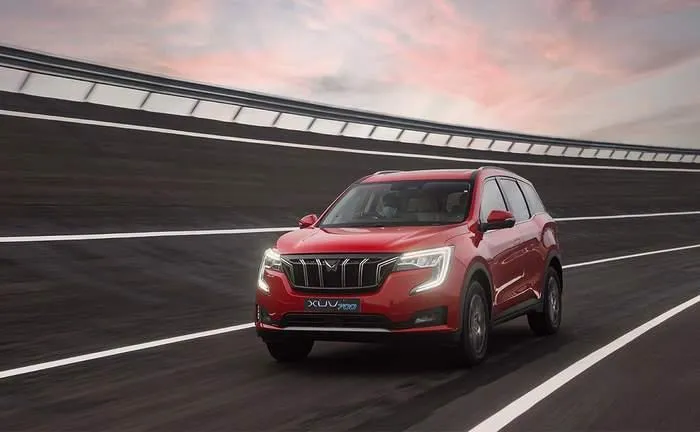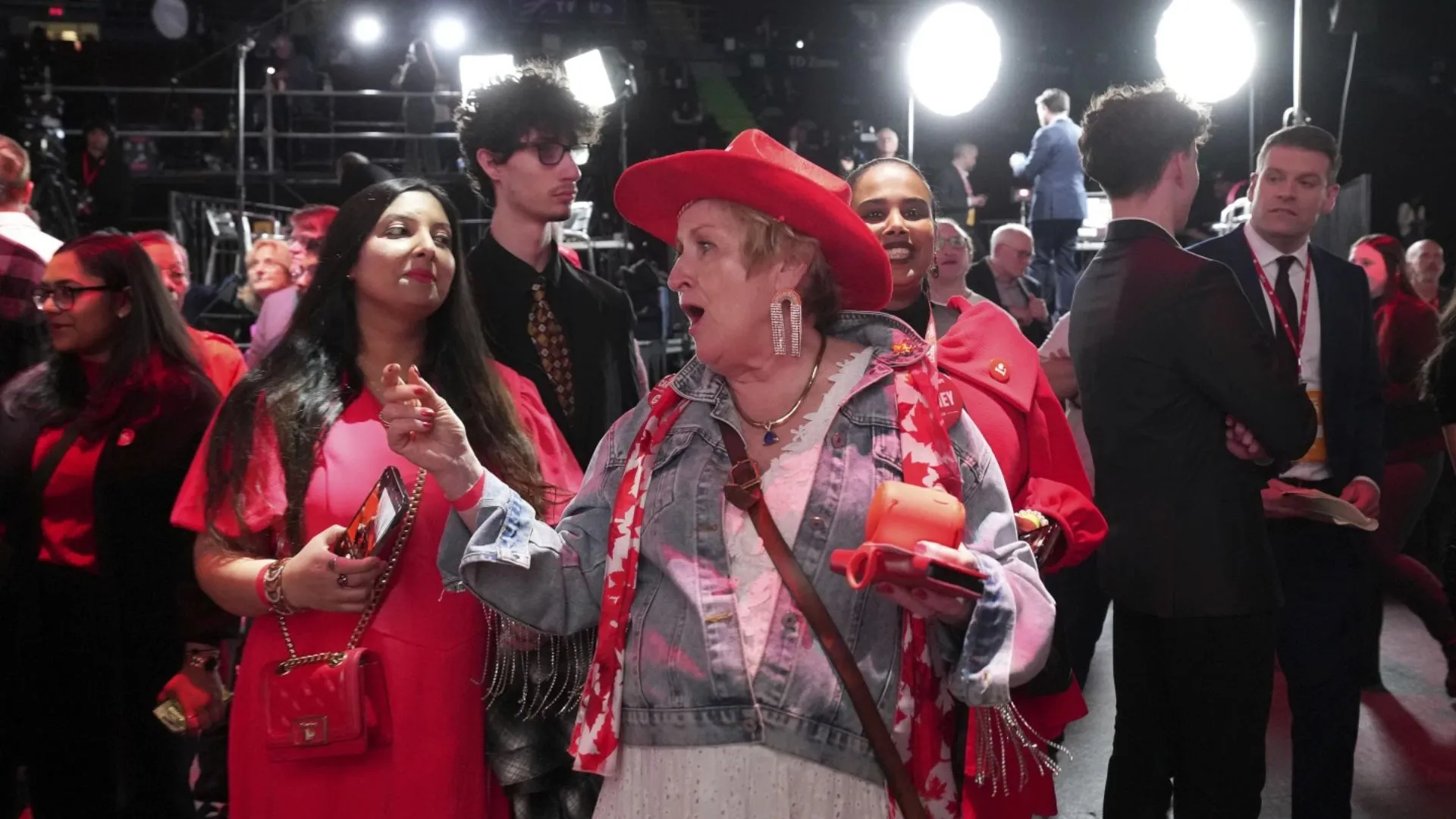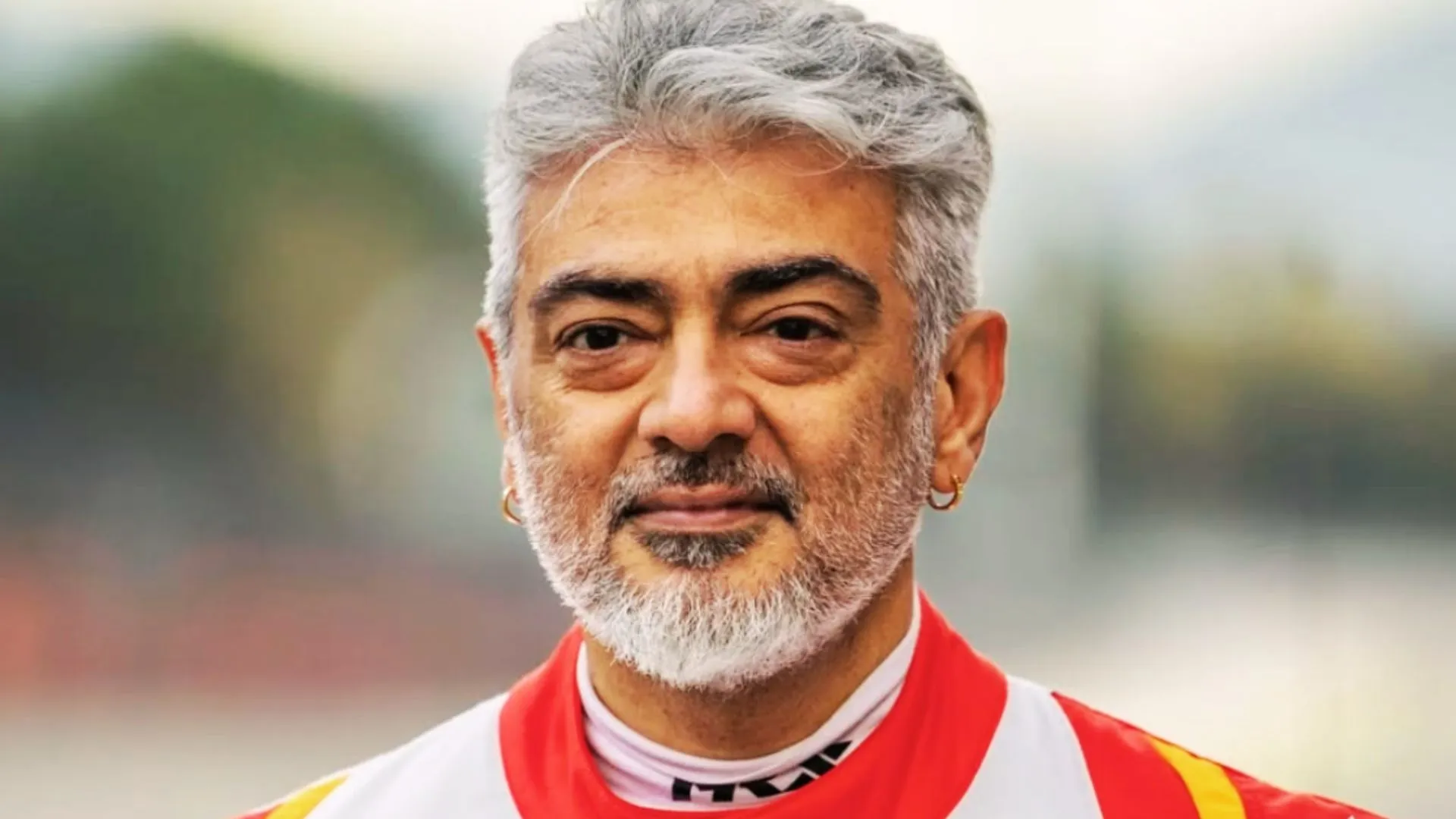A second U.S. aircraft carrier has entered Middle East waters as preparations ramp up for a crucial second round of nuclear talks between the U.S. and Iran, The Associated Press reported on Tuesday.
Satellite imagery analyzed by the Associated Press revealed the USS Carl Vinson and its strike group now operating in the Arabian Sea, joining the USS Harry S. Truman, which has reportedly been engaged in suspected airstrikes since mid-March.
The USS Vinson, supported by the USS Princeton, USS Sterett, and USS William P. Lawrence, was spotted by the European Union’s Copernicus program northeast of Socotra island near the Gulf of Aden. Hours after the images surfaced, U.S. Central Command released footage on X confirming “24/7 strikes” against Houthi targets from both carriers.
On Tuesday, Iran insisted the second round of talks would return to Oman, with U.S. officials yet to confirm the change.
High Stakes and Tight Deadlines
Tensions remain high as the US administration has signalled a tough stance, with Trump threatening to strike Iran’s nuclear facilities if no deal is reached. At the same time, Iran is reportedly continuing to enrich uranium to near-weapons-grade levels.
Reacting to the first round of talks, Iranian Supreme Leader Ayatollah Ali Khamenei reportedly said on Tuesday, “The first steps have been taken well and executed properly. From here on, the process should be followed carefully. The red lines are clear — both for the other side and for us. We may or may not reach a result, but either way, it’s worth pursuing.”
Khamenei, however, added a note of skepticism, saying, “Of course, we don’t fully trust them — we know who we’re dealing with. But we are optimistic about our own capabilities”.
U.S. Envoy Hints at Return to 2015 Framework
Meanwhile, Steve Witkoff, the U.S. Mideast envoy and lead negotiator, hinted that the talks may revisit parts of the 2015 nuclear deal, which Trump withdrew from in 2018. Witkoff described last weekend’s discussions in Oman as “positive, constructive and compelling.”
“This is going to be much about verification on the enrichment program, and then ultimately verification on weaponization,” Witkoff told Fox News. “That includes missiles, the type of missiles that they have stockpiled there. And it includes the trigger for a bomb.”
He further said, “We’re here to see if we can solve this situation diplomatically and with dialogue.”
On Tuesday night, he wrote in a post on X, “A deal with Iran will only be completed if it is a Trump deal. Iran must stop and eliminate its nuclear enrichment and weaponization program.”
For the first time, Witkoff floated a specific technical limit on Iran’s uranium enrichment—3.67%, consistent with the 2015 agreement.
“They do not need to enrich past 3.67%,” he said, adding, “In some circumstances, they’re at 60%, in other circumstances, 20%. That cannot be.”























